November 18, 2016
This week we welcome Gretchen E. Downey, Prevention Expert and Best-Selling Author, as she shares her expertise on preventing suicide in – and strengthening our communication with – the teenagers in our lives. This is the first post in a two-part series:
Our hearts ache when the tragedy of teen suicide occurs in our community. Is it preventable?
The American Psychological Association states that, although it’s difficult to predict, there are warning signals to watch for – and one should always seek professional or medical help when a child is suspected of being in danger:
- Talking about dying – any mention of dying, disappearing, jumping, shooting oneself, or other types of self harm
- Recent loss – through death, divorce, separation, broken relationship, self-confidence, self-esteem, loss of interest in friends, hobbies, activities previously enjoyed
- Change in personality – sad, withdrawn, irritable, anxious, tired, indecisive, apathetic
- Change in behavior – can’t concentrate on school, work, routine tasks
- Change in sleep patterns – insomnia, often with early waking or oversleeping, nightmares
- Change in eating habits – loss of appetite and weight, or overeating
- Fear of losing control – acting erratically, harming self or others
- Low self esteem – feeling worthless, shame, overwhelming guilt, self-hatred, “everyone would be better off without me”
- No hope for the future – believing things will never get better; that nothing will ever change
So the million dollar question… “What’s going on – why the low emotions and why are they so prevalent causing 1 in 5 US teens to seriously consider suicide and 8% of teens to attempt suicide annually? That’s nearly one tenth of our young people feeling helpless, hopeless and like life has no meaning.
For over 50 years the internationally acclaimed Search Institute has conducted research on what kids and teens need to thrive and succeed in life. They report that well over 50 million of our young people are feeling helpless, hopeless and not connected to their inner “spark,” or what gives their life meaning, connection and fulfillment. According to the Search Institute the more developmental assets a person builds, the more likely they are to succeed in school and become happy, healthy and contributing members of their community and society.
Next week, we’ll explore the teenage brain and tangible steps adults can take to help the teenagers in our lives.
– Gretchen E. Downey, Prevention Expert and Best-Selling Author
[PLEASE NOTE: It’s not uncommon for a large life event, such as the election of a new national leader, to force those who have had traumatic experiences to relive them all at once, said John Draper, Program Director with the National Suicide Prevention Lifeline. (Read more of John’s interview in the Washington Post article, “At Suicide Hotlines, the First 24 Hours of Trump’s America Have Been Full of Fear,” November 10, 2016, here.)
Now more than ever, we need to make sure that the teens in our lives feel supported and heard. Fear of the unknown and no hope for the future, as Gretchen points out, can lead teens to suicide. We must help them find their “spark” even during a time when we struggle ourselves. Intervening is important, but modeling self care and emotional regulation are also important. – Tracy Leonard, SCAN Public Education Coordinator]
